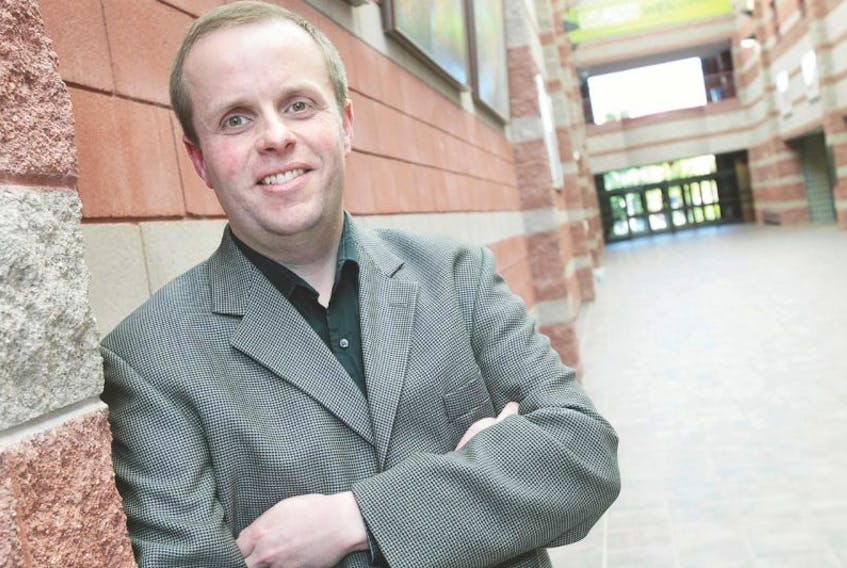The pandemic has aggravated the poverty of the Cape Breton Regional Municipality. Revenues and jobs have further declined.
Even a more creative and collaborative provincial government could not use remote control to turn industrial Cape Breton around. We lack any real local and regional self-governance, a basic pre-condition for any post-industrial, post-pandemic turnaround.
A CBRM Charter – a legal instrument that starts to devolve some powers, resources and flexibility — has been on the agenda for at least eight years. In early 2018, there finally seemed to be momentum. There were public hearings and submissions.
But it slipped away. Council did not take the initiative. Council’s Charter Ad Hoc Committee met just once, besides a meeting to elect a chair.
Although the Nova Scotia House of Assembly has to pass it, the province will never do the homework for us. We have to draft the charter bill, word for word, and insist it be passed at Province House. We have to articulate specifically what we want.
Candidates in the upcoming municipal election campaign, especially candidates for mayor, should be prepared to show us that they have worked on their own draft of a proposed CBRM Charter. This will signal if they can think strategically.
As I have argued previously in this space and in a submission to council, a charter is not a grab bag for all good ideas. Nor is it an entire funding formula for all time. But it can make a difference.
What should be in the charter? These points echo my 2018 submission.
First point: Enable rather than prescribe. Keep it to several succinct pages. The charter for the Halifax Regional Municipality is not a good model; it has 213 pages and 391 sections. Many parts just copy the Municipal Government Act.
Although the Nova Scotia House of Assembly has to pass it, the province will never do the homework for us. We have to draft the charter bill, word for word, and insist it be passed at Province House. We have to articulate specifically what we want.
A crisp approach would be for our charter to say that the Municipal Government Act still applies, but the CBRM now has a “notwithstanding” power. Provided there are transparent hearings, and provided there’s proper notice to the province and citizens, the charter would allow CBRM to pass its own by-laws and policies “notwithstanding the MGA” or certain other statutes. Other provincial laws would still apply for now. A notwithstanding by-law would require a two-thirds council vote to demonstrate broad support in the community.
Second point: To get the province to buy into transitional funding, we need to style it as a one-time or short-term “regeneration endowment,” which can be built into the charter. It would not cause alarm by drawing the province into something open-ended and precedent-setting. It would be justified as a special case.
Endowment funds are set up in a way to keep on giving — forever.
The principal – the base of the fund — would be protected and invested to generate an annual return. Each annual return on investment would go to the CBRM to leverage for project grants. It would be the municipal funding share for capital infrastructure projects, including roads, wastewater, libraries and recreation.
This endowment would allow us to finally have a shopping list of shovel-ready projects. In the past, the region held back on designing many shovel-ready projects. It was just assumed we wouldn’t be able to afford the municipal share.
The endowment fund’s principal – in other words, the base — would not be invested by the endowment trustees on the global markets, but locally in start-up enterprises that can grow the endowment and generate an annual return for the CBRM. There would thus be a double benefit to the region: the endowment investments themselves and the returns on investment.
Third point: As I have noted before, the charter must address property. We require the authority – the wiggle room – to quickly turn liability properties into asset properties. The provincial MGA has not helped at all. It traps deteriorating and vacant properties in red tape and keeps them off the tax rolls for too long.
The charter could establish and enable a Community Land Trust to cut through the cumbersome tax-sale system, take over vacant and tax-delinquent properties and accept property donations. The Trust could fix and sell some properties, give away other properties for development, with conditions, allow farmers and community groups to cultivate some of the land, and ultimately get these properties back on the tax rolls to generate money for the municipality.
A charter won’t solve all our problems, but it’s a key step to make us less dependent.
Let’s please get it done.
Dr. Tom Urbaniak is a professor of political science and director of the Tompkins Institute at Cape Breton University.









